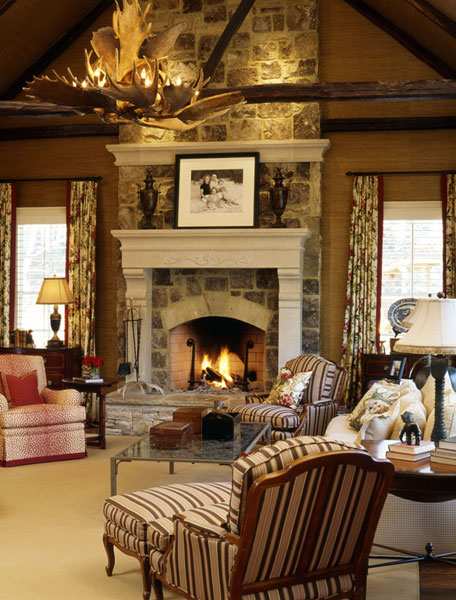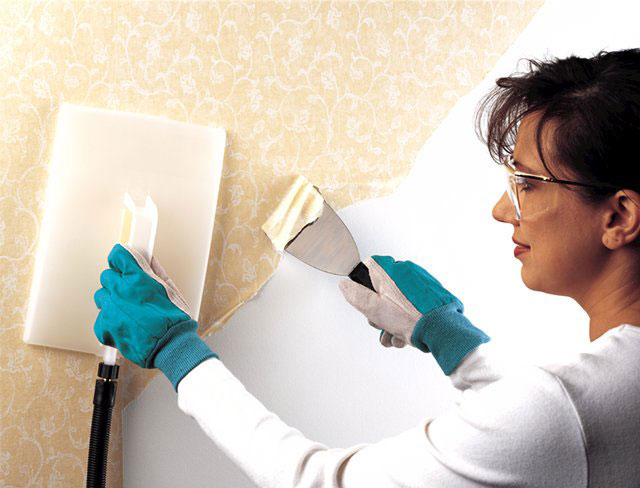Once you’re in the mood to tackle a home improvement project, it’s hard to slow down and do the prep work it takes to make the project successful. And 
Painting wallpaper is one of those home decorating techniques that sounds like it will save time and effort—but usually fails to deliver. There are several reasons for this. First, wet paint can loosen wallpaper adhesive. Although you may go to bed with a wall that looks great, you could wake up to strips of newly painted wallpaper lying on the floor. Unless the wallpaper is completely in-tact and free from damage, painting wallpaper increases the risk that it will fail and become unglued.
Second, some wallpaper is hard to cover up. This is especially true of dark, heavily patterned or textured wallpaper and along wallpaper seams. Even after several coats, painting wallpaper may not be able to hide the very thing you’re trying to get rid of. To be sure, try painting a small section of the wallpaper ahead of time. If the color bleeds through or if there’s an identifiable texture that you don’t want, it might be time to switch gears.

It’s always tempting to take shortcuts when completing a home improvement project, but when it comes to painting wallpaper, it’s best to resist the urge. Take the time to remove wallpaper before you paint. Your finished product will be more attractive and longer-lasting—without all the aggravation.
